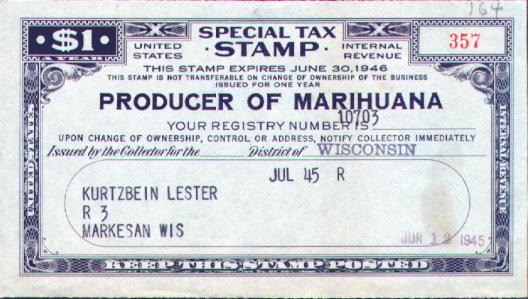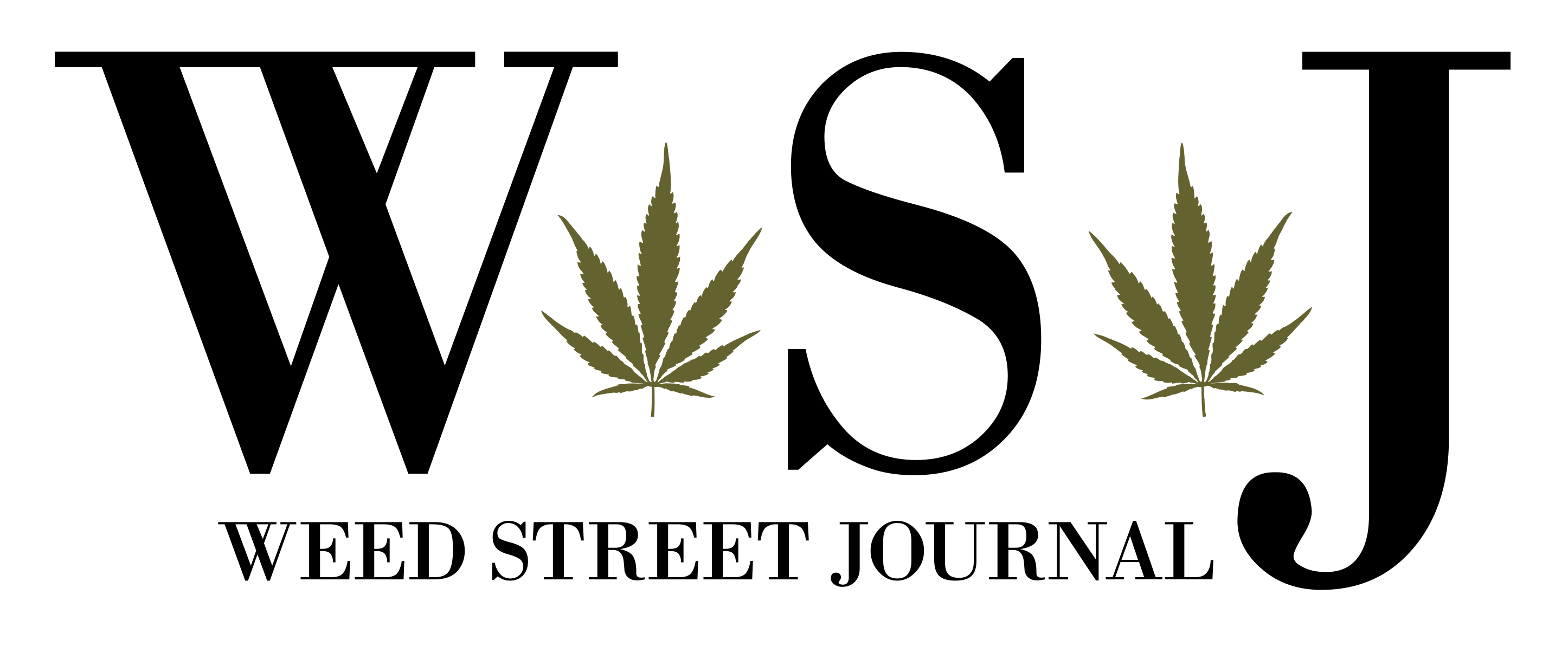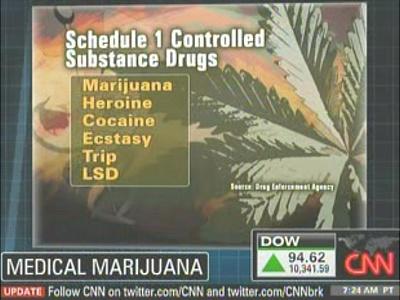In 1549 Angolan slaves brought cannabis with them to the sugar plantations of North-Eastern Brazil where they were permitted to plant their cannabis in between rows of sugar cane and allowed to smoke it between harvests. Since Europeans were very much aware of the dexterity and versatility of cannabis hemp it became a large crop in the United States. Domestic production of hemp was highly encouraged. “In 1619 the Virginia Assembly passed legislation requiring every farmer to grow hemp. Hemp was allowed to be exchanged as legal tender in Pennsylvania, Virginia, and Maryland. George Washington and Thomas Jefferson even happened to grow hemp crop at their homes. In the 1800s British doctors began experimenting with the medical aspects of marijuana. It was stated to be a good analgesic as well as an excellent muscle relaxant. The use of marijuana tincture, a mixture of alcohol and THC, was reportedly used to induce appetite for those with addiction problems. Of course, this was long before places such as The Canyon came about, but they were working with the resources they had.
“The use of cannabis in treating drug addiction had already been reported in 1889 by E. A. Birch. He treated a chloral hydrate addict and an opiate addict with pills containing Cannabis Indica and found a prompt response in both cases, with improved appetite and sound sleep.”
The first legal marijuana regulation started in Washington DC in 1906. Massachusetts followed shortly after in 1911. In 1913 California enacted its first marijuana prohibition law which criminalized hemp and its products, otherwise known as loco-weed. New York and Maine enacted regulations beginning in 1914. Between the years of 1915 and 1917 Wyoming, Texas, Iowa, Nevada, Oregon, Washington, Arkansas, and Nebraska enacted marijuana prohibition laws. In 1937 the Marijuana Tax Act was passed. The act itself did not criminalize the possession or use of hemp, marijuana, or cannabis but it levied a tax of 1$ on anyone who dealt commercially. In order to be a producer of marijuana or any cannabis product, the government required you to purchase a special tax stamp that allowed you to grow the product; however the government was not issuing any of these stamps which meant that any possession, growth, or use of the drug was an illegal act.

William Randolph Hearst was a main advocate of the Marijuana Tax of 1937 as hemp was main competition to timber because of its versatility. William Randolph Hearst had significant financial interest in the timber industry and by outlawing any type of cannabis product would thus allow him to reap the benefits of less competition.
The company Dupont was also a huge advocate of the Marijuana Tax act of 1937. Because of hemps versatility it could be used to produce ethanol, plastics, and a plethora of other products which would be in direct competition with Dupont’s patented processes of creating plastics from coal and oil. If hemp had been grown commercially and used to create these products it may have impacted Dupont’s profits directly.
During WWII the US allowed that hemp be manufactured and grown because it was a necessary crop to win the war. They even produced a film called “Hemp for Victory” promoting its usefulness during the war. Hemp however still remains illegal today because of its relation to marijuana, although commercial hemp has no active THC. In 1952 and 1956 the Boggs Act and the Narcotics Control Act were passed which made the penalty for a first time cannabis offense a minimum sentence of two to ten years with a fine of up to 20,000$. In 1970 the United States congress repealed the mandatory penalties. In 1973 Oregon became the first state to decriminalize marijuana. On December 1, 1975 the Supreme Court ruled that it was “not cruel or unusual to sentence someone to 20 years for having or selling cannabis.” In 1986 the Anti-Drug Abuse Act was passed which reinstated mandatory prison sentences which created a life sentence for repeat drug offenders and allowed that capital punishment be used against drug kingpins. In 1996 California voters passed proposition 215 which legalized medical cannabis. In Gonzales v. Raich the United States Constitution allowed the federal government to ban the use of cannabis regardless of state laws, including medical use.
Marijuana has been in the country for a long time, but very few users have felt the need to join drug treatment programs or undergo rehab in all those years.








Dude, thats a sweet work, its easy to c that you worked on this a lot.